Food crops are plants that are grown and harvested for human consumption and can pertain to grains, fruits, or vegetables. Plenty of factors can affect the production viability and subsequent popularity of food crops, and these can include anything from local climate conditions and existing culinary traditions to trade and economic policies, among others. Through a combination of such factors, certain food crops can emerge as the most popular source of nourishment in specific geographic regions of the world, becoming what are known as food staples.
Food staples supply much of the global nutritional requirements. Grains, a type of food crop, top the list as they account for 51% of the world’s caloric intake. Some legumes, root crops, and fruits are also popular staple foods globally. In this short guide, we’ll explore the most important crops that are grown and consumed around the world.
1.) Corn (Maize)
Corn or maize is the leading grain crop harvested around the world. It was first domesticated in Mexico 10,000 years ago and is still culturally and economically tied to the country, as many of Mexico’s indigenous dishes feature or revolve around this grain. One of the reasons corn tops the list of most important food crops is its ability to be processed into many other types of food products, like sweeteners, cooking oil, and alcohol. Corn contains important nutrients like carbohydrates, protein, vitamins, and minerals.
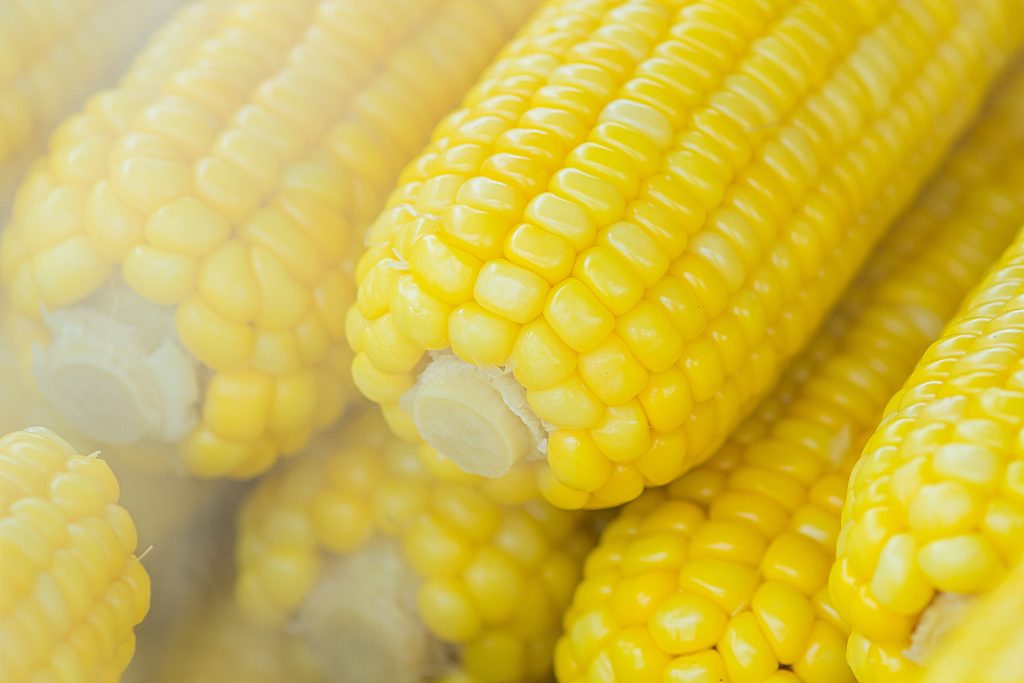
2.) Rice
Rice is the staple food of more than 3.5 billion people worldwide. Asia is the largest rice-producing and rice-consuming continent, with China topping the list of countries in the region. India, Indonesia, Bangladesh, Vietnam, Thailand, Myanmar, and the Philippines are also leading rice producers globally. Once rice seeds have yielded, they are harvested and processed by varying milling procedures, which partly account for the different types and colors of rice eaten today.
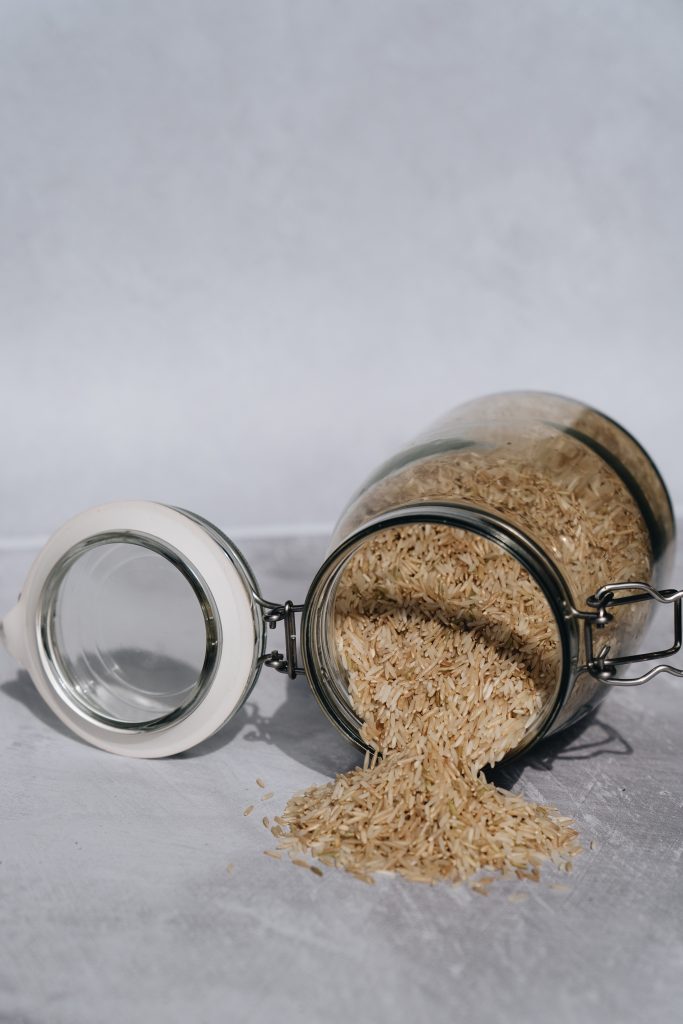
3.) Wheat
Wheat dominates other crops in terms of coverage of the world’s total arable land. It occupies more of the earth’s surface compared to any other food crop. A resilient crop, wheat can grow in dry and cold climates, where rice typically cannot. Researchers believe that wheat was the first crop to be domesticated, thereby prompting the spread of agriculture. Typically, wheat is made into flour, which is used to produce many other types of food products, including breads, pasta, noodles, and breakfast cereals.
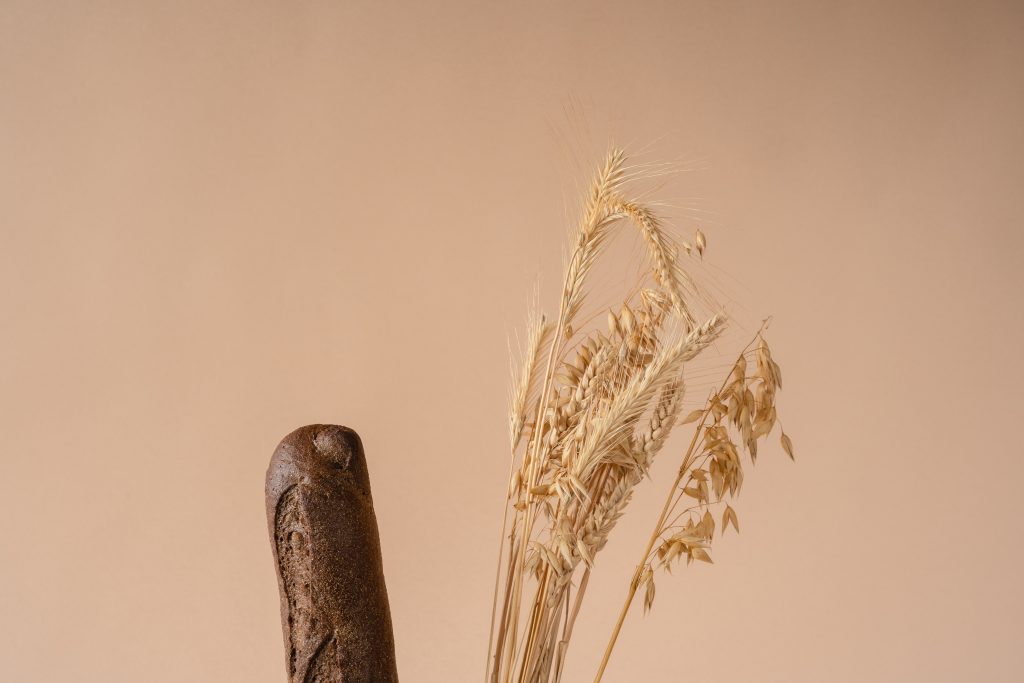
4.) Cassava
Cassava is one of the most common types of root crops harvested around the world. It is a drought-resistant crop that can grow in poor, nutritionally deficient soils. Because of this, it is a convenient crop to plant among poor farming communities in areas with adverse climatic and soil conditions. Cassava originated from the Amazon basin but it has since made its way to different regions around the world, so much so that it has become a significant food crop in parts of South America and Africa.
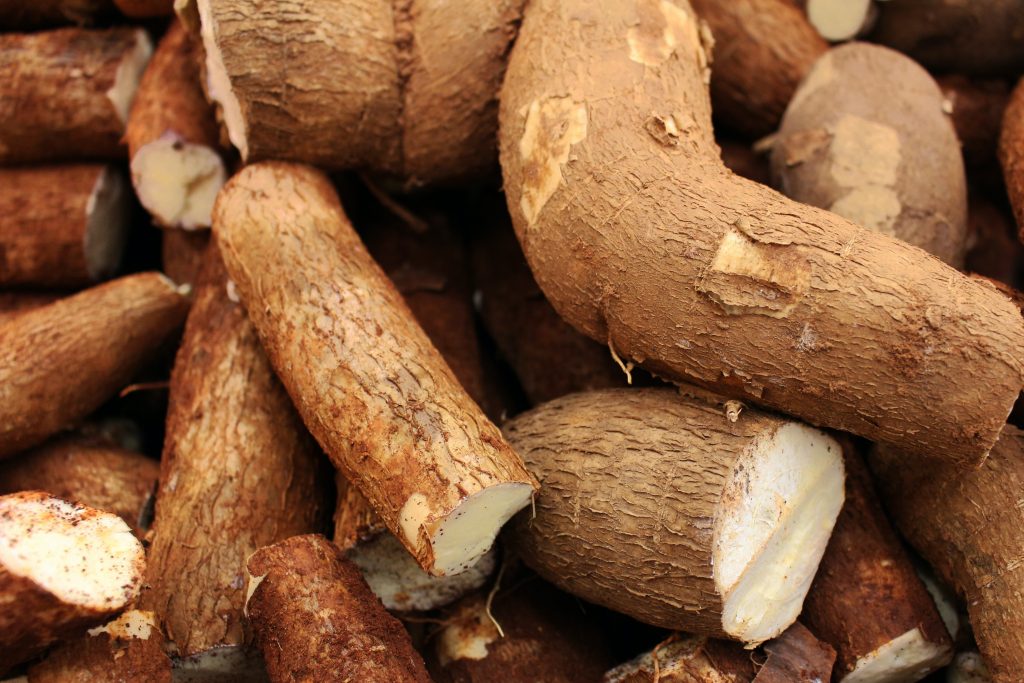
5.) Soybean
Soybean is an excellent source of protein and isbelieved to have originated in China. Aside from being rich in protein, soybean is rich in natural oils and has no starch, making it a preferred source of nutrition for those with diabetes. Soybean can be made into other food products such as soy milk, tofu, and soy sauce, which makes it a popular food staple in countries such as Japan and South Korea. In 1804, soybean was introduced into the United States and has since been domesticated in other countries, like Brazil and Argentina.
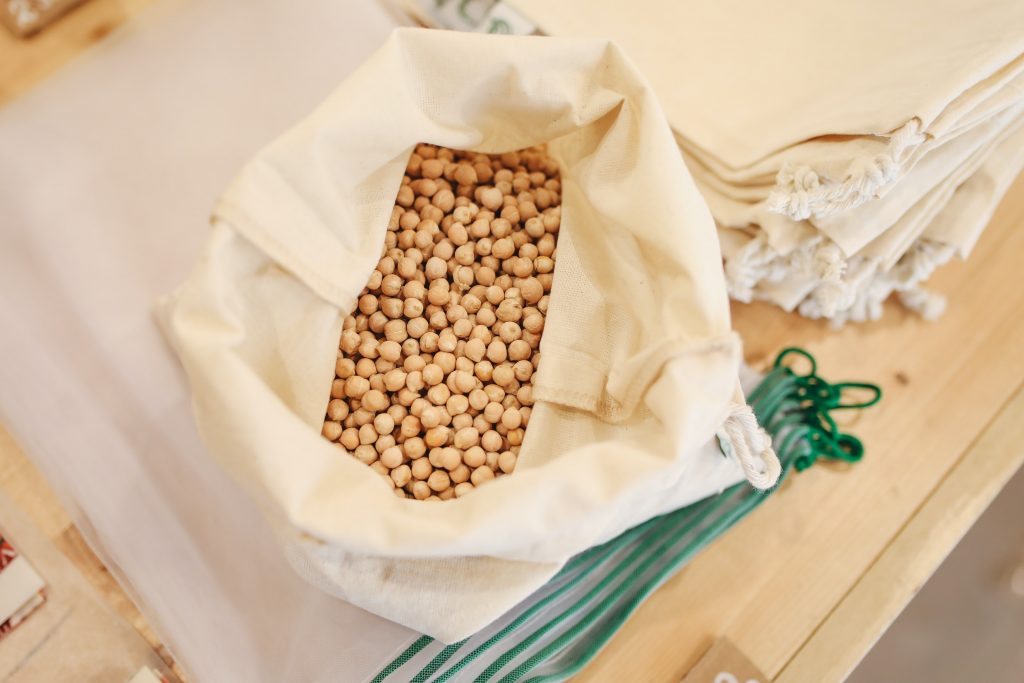
6.) Potato
Originating from the Andes mountains of South America, the potato was eventually domesticated in Europe by the Spaniards in the 16th Century. During this time, Europe was undergoing severe famine, and the potato helped feed Europe’s hungry people. Despite not being native to the continent, the potato was productive in fallow land and could grow if weeds were controlled, enabling Europe to double its food supply. As a food source, they can be made into different food products such as flour for baking and thickening sauces.
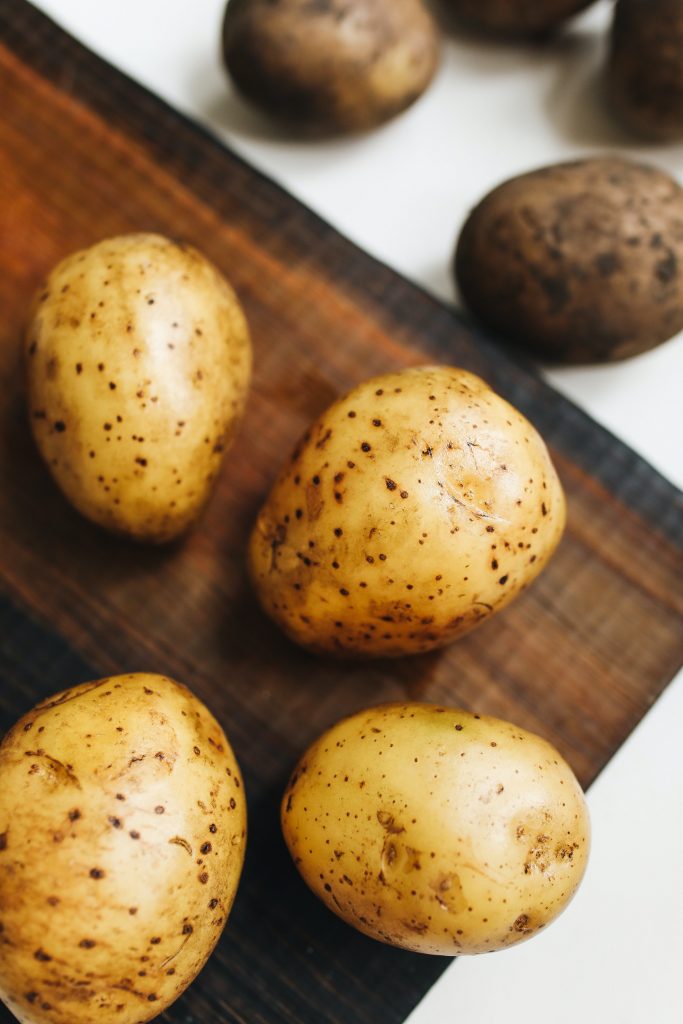
7.) Sorghum
Sorghum is a valuable grain crop for regions with arid conditions, specifically those in Asia and Africa. Sorghum is native to Africa, where it was known to have been cultivated as early as 10,000 years ago. Due to the movement of peoples in and out of Africa, the crop then spread to places as far away as India, China, Australia, where they have since been domesticated. Sorghum can be made or processed into different food products like porridges, cakes, alcohol, oil, and starch.
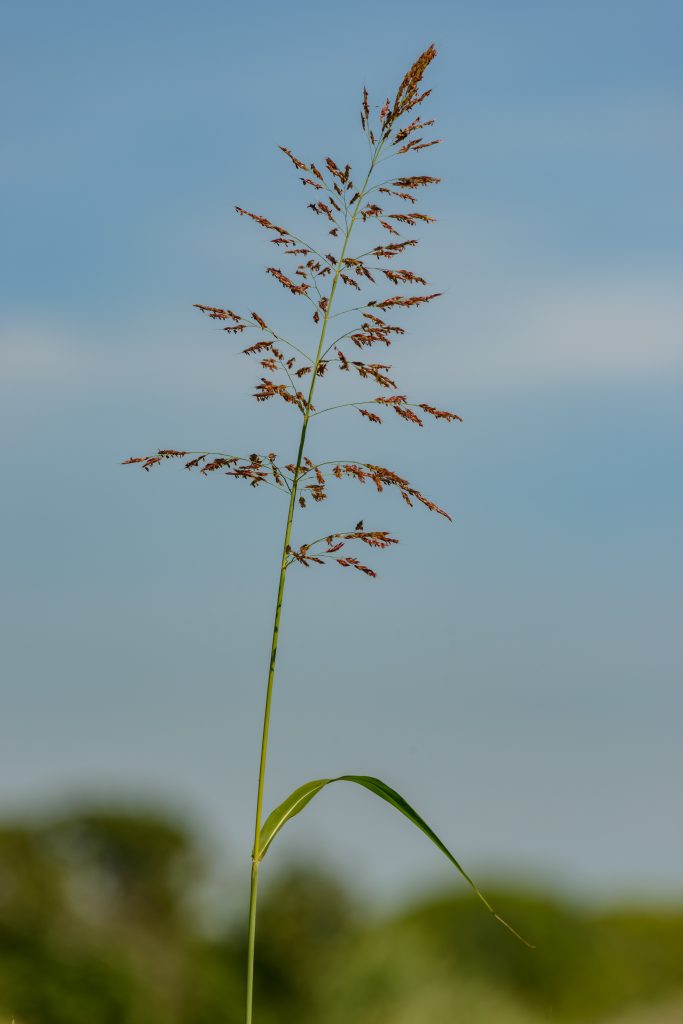
8.) Sweet Potato
Sweet potato is native to South America but has also been domesticated in other regions of the world, such as Japan, Russia, and the United States. This crop thrives in warmer regions and is a particularly important food crop in the developing world. It can be made into different food products like flour, crisps, bread and other baked goods, noodles, and pectin.
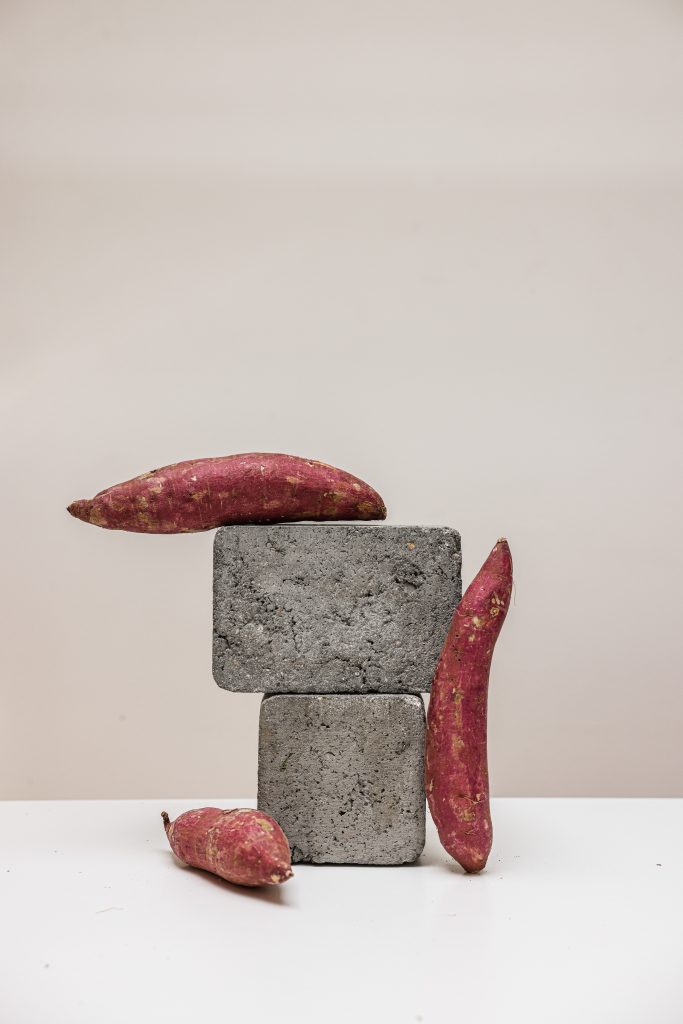
9.) Yam
Native to the warmer regions of the world, yam is an important crop, particularly in Southeast Asia, the Caribbean, and in West and Central Africa, where it features in many local rituals. In particular, the Ewe tribe of Ghana carry baskets full of yams during the harvest festival to recognize the start of the harvest season and to give thanks to various deities and to their ancestors. Yam is an essential crop that ensures food security in the developing world particularly because of its ability to be stored for around half a year without refrigeration. Thus, it is sometimes consumed during times of food scarcity and between deficient growing seasons.
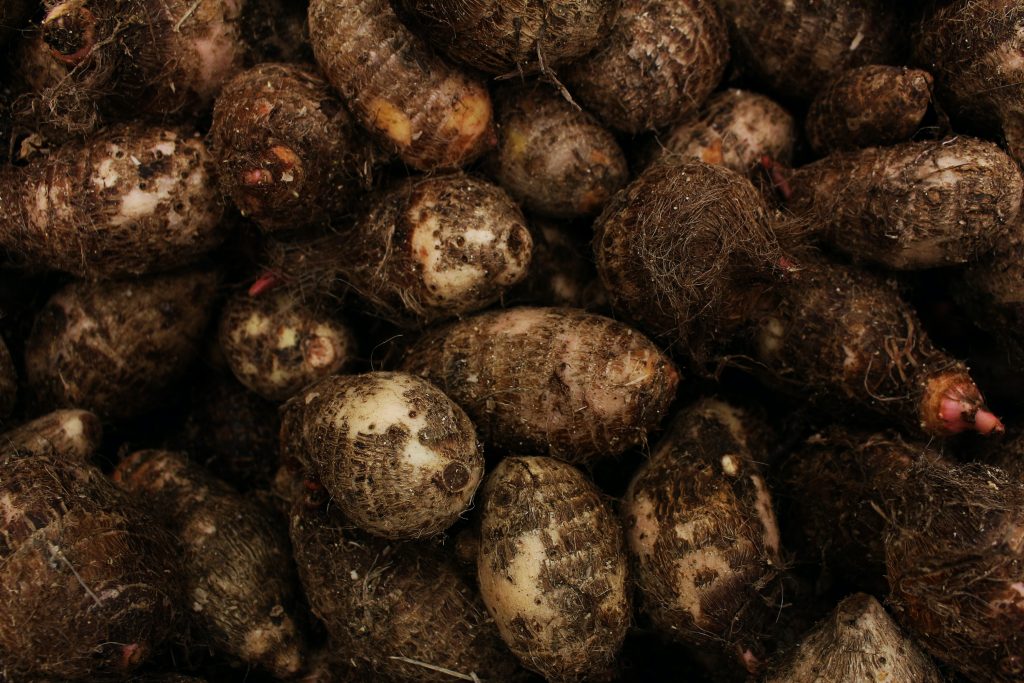
10.) Plantain
While they might look similar to true bananas, plantains differ in structure, taste, and use. Plantain is starchier and contains lower sugar levels than regular bananas. Due to this, plantains are typically not eaten raw and are known as “cooking bananas.”. Plantains mostly grow in tropical regions and in rainforests in Latin America and Africa, where they also feature in many of the locals’ traditional foods. Plantains are often cooked while still green or immature when used in savory dishes. When a plantain is ripe, it is often cooked with coconut juice or sugar to make sweet dishes instead. Plantains can also be made into food products like flour, chips, and pudding, adding to its productivity as a food source.
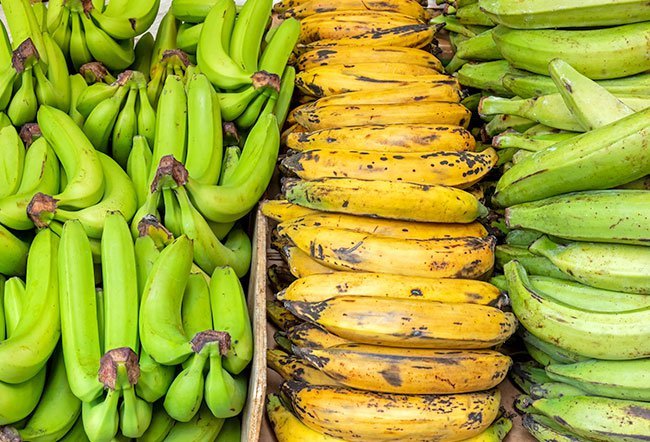
Food crops are not just harvested for the subsistence and nourishment of the global population, they are also important economic drivers and cultural anchors that influence the daily lives of people in the communities where they are grown. Considering the paradigm shifts occurring in the global food system because of the growing list of food production challenges and changes in consumer preferences, it is important for food crop-growing communities to receive all the help they need by way of modern technologies and best practices. This way, the continuing productivity of food crop farms will be ensured and food security will be assured for the people who rely on these crops.
Awesome photography skills. Keep it up Sir Emman!